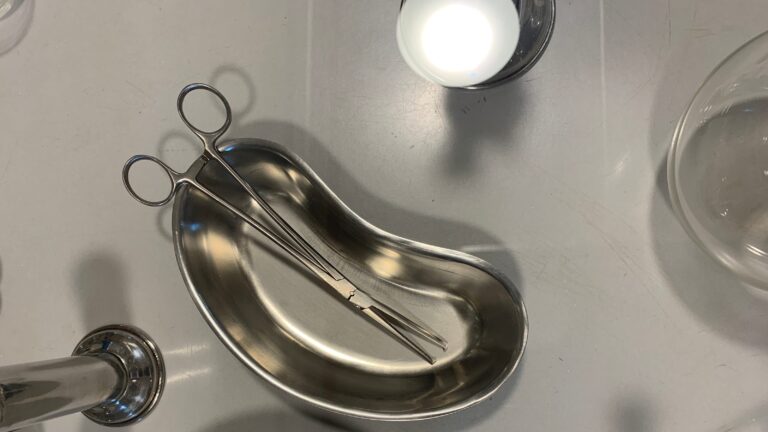Climate change is killing Americans in alarming ways, and the waste produced by medicine itself is part of the problem, says a report published in one of the world’s most prestigious medical journals. There is.
The report, published this week in the British medical journal The Lancet, is part of a global study examining how climate change is affecting global health.
The report says climate change is creating a health crisis that continues to worsen and threatens to undo the public health progress of the past 50 years.
The Lancet’s Countdown to Health and Climate Change report has been published annually since 2016. This year’s report calls on countries around the world and the United States to rapidly reduce the amount of fossil fuels burned while accelerating the transition to clean energy. .
The health damage caused by climate change is “on the same scale as the harm associated with medical errors,” said Professor of Environmental Health, Boston University School of Public Health. and author of the paper.
(According to a study by researchers at Johns Hopkins University School of Medicine, 250,000 Americans die each year from preventable medical errors.)
Climate change affects Americans’ health in many ways. The report cites air pollution related to fossil fuels, tropical cyclones exacerbated by climate change, the link between premature births and heatwaves, and the effects of future climate change.
On the positive side, the introduction of wind and solar power in the United States is estimated to improve air quality and reduce premature deaths in the United States by 1,200 to 1,600 in 2022.

Waste from healthcare is part of the problem, researchers say
The report highlights the relationship between the healthcare industry and climate change, with 8.5% of U.S. greenhouse gas emissions coming from the healthcare industry. Researchers point out that there are no national programs mandating data measurement, management or disclosure.
This number includes not only the energy used in hospitals and clinics, but also the large amount of medical waste, often single-use plastic equipment, that is thrown away every day, Buonocore said.
All this single-use plastic is designed to keep hospitals and operating rooms germ-free, but researchers say there are ways to reduce waste without putting patients at risk.
Heating and cooling costs are also an issue. Dr. Shanita Johnson, a professor of surgery at Morehouse School of Medicine in Atlanta, said operating room air conditioning systems run 24/7, whether there are patients or not.
Understanding our planet: Sign up for USA TODAY’s Climate Point newsletter.
A large amount of waste is generated in the operating room.
Johnson says the operating room contributes to this in ways patients may not expect.
“Operating rooms account for about 30 percent of medical waste in the United States,” she says. This includes disposable equipment, plastic drapes, syringes, tubing, bandages, and anything else that can be contaminated with body fluids. Disposal of medical waste is regulated and often must be incinerated.
One of the things hospitals are working on is creating so-called “lean” surgical trays. This means that the surgical tray is sterilized with only the instruments that the surgeon thinks are needed, rather than all the instruments that the surgeon might want. This is done in collaboration with your surgeon so that you can select the instruments that will actually be used while eliminating unnecessary ones.
“There is a huge opportunity to ’tilt’ surgical trays to avoid autoclaving as many instruments,” Johnson said, noting that studies have shown that such efforts can reduce a healthcare facility’s carbon footprint. There is.
An autoclave is a machine that sterilizes surgical supplies by exposing them to hot steam under pressure.
“We need to do more to reduce waste – both physical waste and wasted resources through over-diagnosis and over-treatment. All this saves the country a lot of money and reduces our It will dramatically reduce the industry’s carbon footprint,” said Dr. Vivian Lee, author of The Long Fix and executive fellow at Harvard Business School. It is written on the theme.
She points out that hospitals in the United States generate more than 30 pounds of waste per day per patient, and the increase in single-use products is the main culprit. Some of the waste occurs in steps that are essentially useless. “Many professional societies compile long lists of unnecessary treatments, such as antibiotics for colds or X-rays for back pain, all of which waste resources, lead to excessive carbon emissions, and devalue patients. There is little to help,” Lee said.

